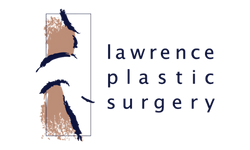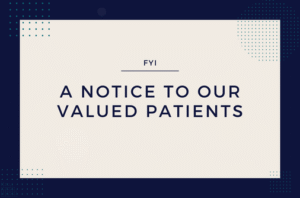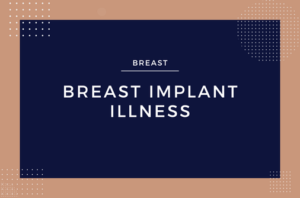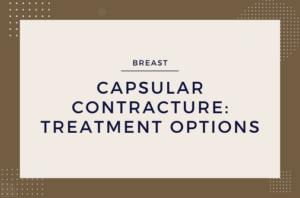Patients who are considering breast surgery such as breast augmentation, breast reduction, or a lift often ask us about their ability to breastfeed after surgery if they have children. They want to know if breastfeeding will be possible, and have often heard different answers from various medical practitioners and friends. The answer depends on the type of surgery being performed and how it will be done.
After Breast Augmentation
In most cases, yes. Of course, that’s the same answer I would give a woman who has not had a breast augmentation.
Most women without breast implants are able to successfully breast feed their babies, but some struggle with inadequate milk production, mastitis, and other problems that may make breast-feeding difficult.
The same could be said for women after breast augmentation. Because the implants are placed behind the breast tissue, pushing it forward, the glands and ducts that allow for milk production are left intact. Therefore, although most women are able to breast-feed after surgery, it cannot be guaranteed.
After breast reduction and breast lift (mastopexy)
As in the case of breast augmentation, the answer is usually yes, but the full answer is a little more complicated.
I always ask patients who have previously had children about their ability to breastfeed during the consultation. I am struck by how many of these patients describe difficulties despite a large amount of breast tissue present. When I warn patients about the possibility that a breast reduction operation may interfere with breastfeeding, most are willing to accept this potential loss. To paraphrase these patients, “If you think my breasts are big now, you should have seen me when I was pregnant! I’m not going through that again.”
Since breast tissue is actually removed during the operation, the technique used during the operation may affect the ability to breast feed afterward. We utilize a technique that has proven to be reliable in preserving the nerves, ducts, and blood supply to the nipple, and therefore most patients are able to breast feed successfully after surgery.
Rarely, the breast is so large that we must actually remove the nipple completely from the breast and place it back on as a graft. When we anticipate this will be required, we tell our patients preoperatively that they will not be able to breastfeed after surgery. In almost 18 years of breast reduction surgery, I have only had to perform this type of reduction twice, and both patients were past their childbearing years.
With a breast lift, we typically are removing little to no breast tissue, so the chances of disrupting nerves, milk ducts, or the blood supply to the breast tissue are less than with a reduction. However, there is still a chance of interfering with breastfeeding if a significant reshaping is performed.
In summary, while most patients are able to breastfeed after a reduction, breast augmentation, or breast lift, we cannot guarantee it. If this is a risk you are unwilling to take, it might be better to delay your surgery until after you are finished having children.




